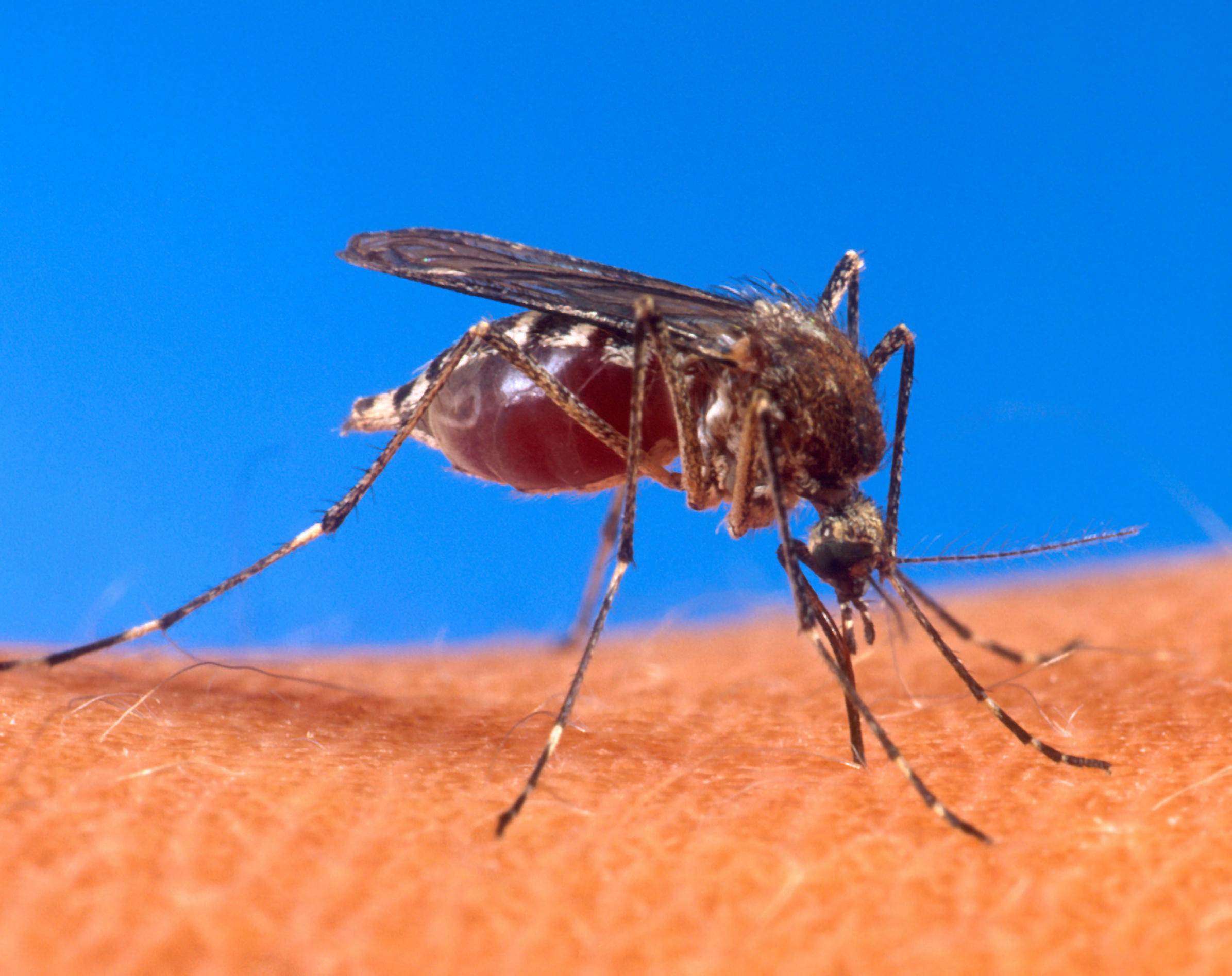Climate change spreads infectious diseases worldwide
January 25th, 2011 By Alyshah Hasham, International News Services
As negotiators at the recent United Nations climate change conference in Cancun wrapped up their work, one problem concentrating minds enough to secure a partial deal was the spread of disease on the coat-tails of global warming. Infectious diseases are spreading to regions where they were previously absent, driven by warmer temperatures and changing rainfall patterns. Europe and North America have been seeing an increase in cases of West Nile disease, which as the name suggests thrives in tropical and sub-tropical regions. Warmer temperatures are allowing the mosquitoes that carry the disease to roam further north. It’s a similar story for diseases such as dengue fever or tick-borne encephalitis (which causes brain inflammation).
By Alyshah Hasham, International News Services
As negotiators at the recent United Nations climate change conference in Cancun wrapped up their work, one problem concentrating minds enough to secure a partial deal was the spread of disease on the coat-tails of global warming. Infectious diseases are spreading to regions where they were previously absent, driven by warmer temperatures and changing rainfall patterns. Europe and North America have been seeing an increase in cases of West Nile disease, which as the name suggests thrives in tropical and sub-tropical regions. Warmer temperatures are allowing the mosquitoes that carry the disease to roam further north. It’s a similar story for diseases such as dengue fever or tick-borne encephalitis (which causes brain inflammation).
The UK is by no means an exception to this trend. A recent study from the University of Plymouth concluded that the most dangerous climate-change linked threat to Britain’s environmental health could be vector borne diseases (such as Leishmaniasis – carried by the sand fly) which could spread to new areas because of warming temperatures. It concluded: “Environmental change could in turn lead to changes in the epidemiology of communicable disease within the UK.” And there is also the potential for disease being caused by extreme weather conditions, potentially associated with climate change, such as the 2004 flooding in Boscastle, Cornwall, which caused an outbreak of Ecoli 0157. Worldwide, in 2008 the World Conservation Society identified a ‘Deadly Dozen’, 12 animal-borne diseases that may more likely to spread due to climate change. The list includes bird flu, tuberculosis, Ebola, cholera, babesiosis, parasites, Lyme disease, plague, Rift Valley fever, sleeping sickness, yellow fever and red tides (algal blooms).It is well established that climate change is a fundamental factor in the spread of infectious diseases, said Dr Richard Ostfeld, a disease ecologist at the Cary Institute of Ecosystem Studies, in New York. The classic example is malaria moving upslope in the East African highlands, in Zimbabwe and Mozambique with the warmer temperatures. Another is dengue, a disease also transmitted by mosquitoes that has been increasing in severity in urban areas in developing countries. If all other factors (such as migration and population) remain constant, the World Health Organisation predicts that an additional 2 billion people could be exposed to dengue (also called break-bone fever) by the 2080s. Ostfeld says the case is often made that clean buildings and sanitation will cancel out the effects of climate change on the spread of diseases – an argument he does not agree with“It is misleading to be too sanguine about our infrastructure being able to protect us against diseases,” said Ostfeld. Speaking to Environmental Health News, he cited a West Nile disease outbreak in California during the bursting of the housing bubble to make his point. Mosquitoes began breeding in the slimy green soup in abandoned swimming pools of foreclosed homes. And the H1N1 pandemic is still fresh in the public memory. However, establishing a relationship between disease and environmental factors is a far step from associating those environmental factors with climate change. The cholera epidemic in Haiti is probably related to a rise in temperatures and salinity in the delta where the epidemic began, said Dr David Sack of the Bloomberg School of Public Health at Johns Hopkins University, Maryland, USA. But determining the role of climate change is another story. In an article in the New England Journal of Medicine, Dr Emily Shuman agrees that climate has a strong impact on vector-borne and water-borne diseases. Droughts, for example, often cause West Nile disease epidemics because the birds and mosquitoes carrying the disease are driven to scarce water sources, enhancing transmission. The drought also kills off natural predators of mosquitoes. Madeleine Thomson, a senior research scientist at the International Research Institute for Climate and Society (IRI), also in New York, said the challenge lies in determining whether climate change plays a role in this drought, and what other factors were involved. “The focus of climate change and disease tend to be transmission,” she added. It is important to think about how climate change impacts the poor in developing countries, who are relying on rain-fed agriculture for food and income. Climate change also leads to poverty and food insecurity. Both are major drivers in ill health, which increases susceptibility to infectious diseases. Already inadequate health services in many developing nations will be hard pressed to accommodate an increase in diseases, not to mention the problems that new and unfamiliar diseases will pose. Other studies warn of the possibility of new types of mosquitoes that may be more effective at spreading the disease.Another challenge is the lack of data. There is often not enough long-term disease data. Climate change is measured through mathematical modeling, and may not always be used correctly by scientists studying disease. However, the gap between epidemiologists and meteorologists is closing, with an increase in combined research said Thomson. ENDS